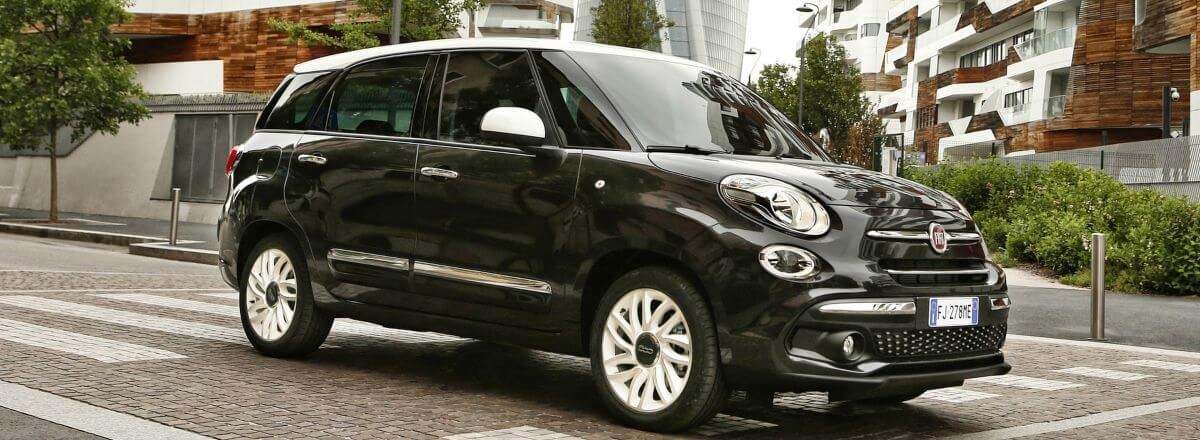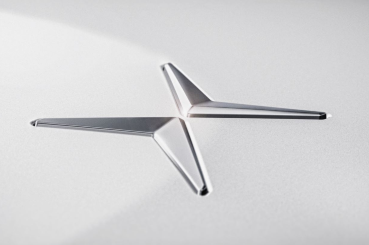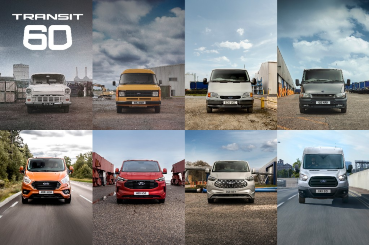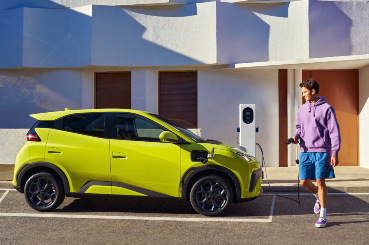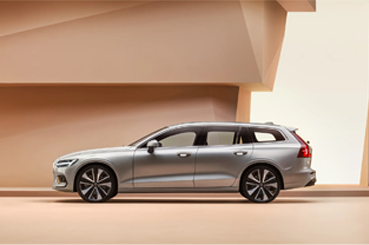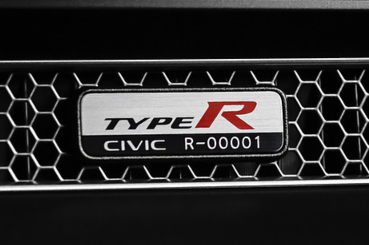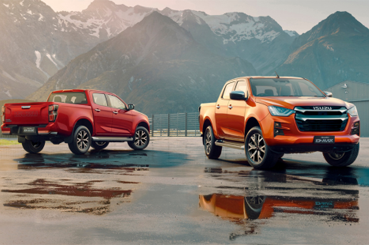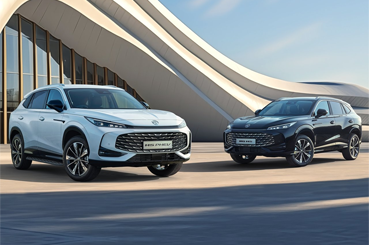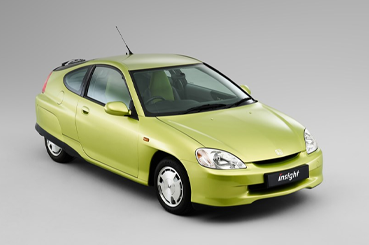Neat and compact, cute and quirky these are just some of the phrases people may choose to describe the iconic Fiat 500. Since its resurgence in 2007, it has enjoyed outstanding success and seemingly unending popularity, but where did it all begin? Here, we take a look back at the history of this unique Italian city car.
The story of the Fiat 500 we all love today, dates way back to 1957 when Fiat launched the small, cheap, functional and economical Cinquecento (500 in Italian). It was the perfect car for a post-war Italy and proved cheap and reliable for consumers.
Designed by Dante Giacosa, the original model was just over nine-foot-long and was powered by a 497cc two-cylinder engine. The rear-mounted engine increased its agility and when teamed with its dinky size ensured it was the perfect car for nipping through ancient Italian streets, many of which were never built to accommodate cars. It quickly gained a reputation, which it still upholds as the perfect city companion.
The Fiat Cinquecento became known as the ‘people’s car’ and proved so popular almost four million were produced from 1958-1975 when production ceased.
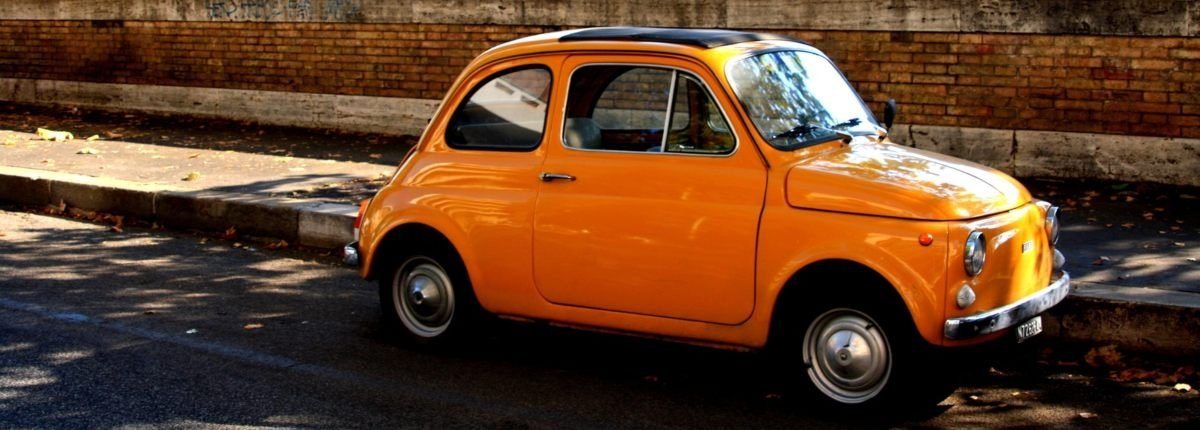
Let’s take a look at some of the specific models in closer detail:
1958-1960 Fiat Cinquecento Sport
In 1958, Fiat introduced a Sport version of their Cinquecento model. With a slightly larger 499cc engine it offered 21.5hp for more oomph when you put your foot down. It featured a full metal roof and was available in a unique cream colour with red stripes down the side for an instant sporty appeal.
1960-1975 Fiat Cinaquecento Revisions
From 1960 to 1975 the Cinquecento underwent several cosmetics revisions.
Fiat offered a 500D model in which the sunroof only folded partway and even an estate version the Giardiniera which offered even more practicality.

1965 – Suicide Doors Removed
In a controversial move, Fiat removed the suicide doors from the Cinquecento. Up until 1965, Fiat hinged the doors at the rear, however, increasing safety standards, meant that these doors no longer cut the grade. This move did not prove popular, as many men complained it would mean they could no longer look at ladies legs as they got out of the car (hardly believable in today’s society).
1968-1972 Fiat Cinquecento Lusso
From 1968-1972, the Fiat 500 Lusso or L model offered more refined styling. With an extra chrome bar at the front and rear, a modern interior, black steering wheel, plastic dash, reclining seats and carpeting, it heightened both the exterior appeal and on-board ambience.
1972 Fiat Cinquecento Rinnovata
In 1972, The Rinnovata or R was introduced, it came with a larger 594cc engine with 23hp and also featured a synchromesh gearbox for smoother transitions.
After 18 years in production, things finally came to an end for the Fiat Cinquecento in 1975. As the seventies progressed and the post-war era came to an end it became clear that times were changing; people started to value luxury and comfort over fuel economy, and so the Cinquecento no longer held the same appeal.
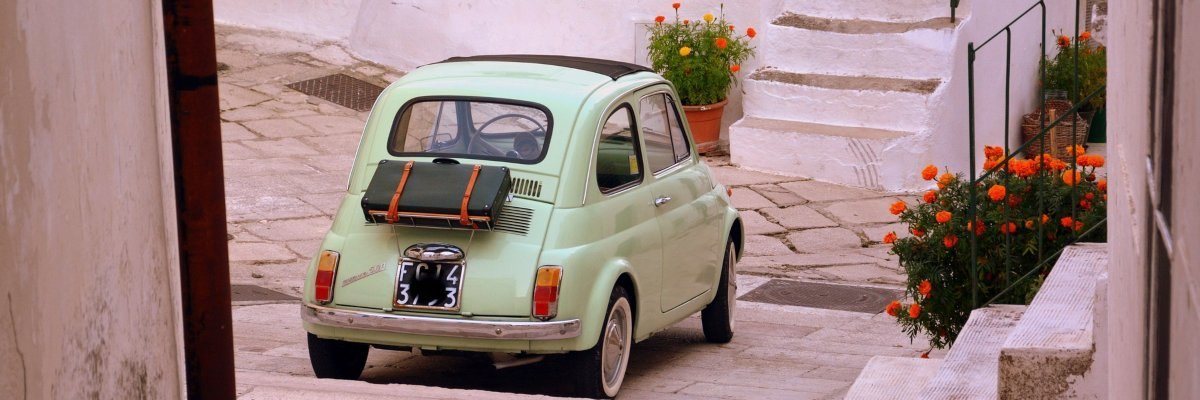
The Modern Fiat 500
In 2007, Fiat reinvigorated its old Cinquecento model, choosing to release it as a numerically named model the Fiat 500.
Taking inspiration from the original model, the Fiat 500 featured iconic retro styling which proved instantly popular. Substantially larger than the original model, it was still dinky when compared to many other modern cars so continued to offer great versatility as a city runner.
When first introduced over 500,000 personalisation combinations were available across the exterior, interior and different trims, so people could spec it their heart’s desire and get something truly unique.
An instant hit the Fiat 500 went on to win the European Vehicle of the year award in 2008 and had record sales. By 2012, the one-millionth Fiat 500 rolled off the production line.
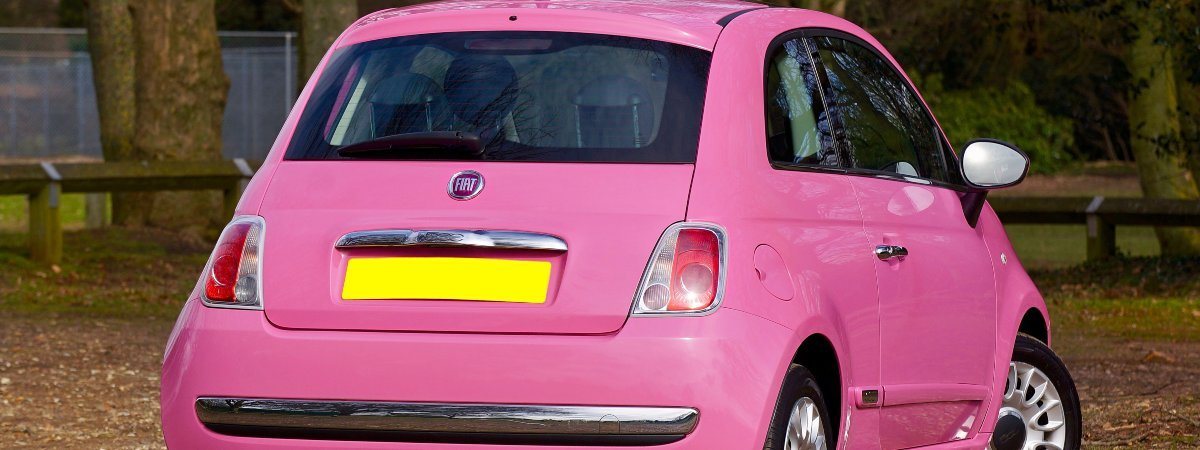
Second Generation Fiat 500
In 2015, after eight years on the market, the 500 was relaunched with a refresh. While it retained its classic look, it received visual improvements like new headlights, bigger fog lights and a redesigned grille. While inside came equipped with new technologies including an infotainment system and the choice of three new engines for better fuel economy. On top of that, enhanced safety features ensure that it complied with ever-increasing safety standards.
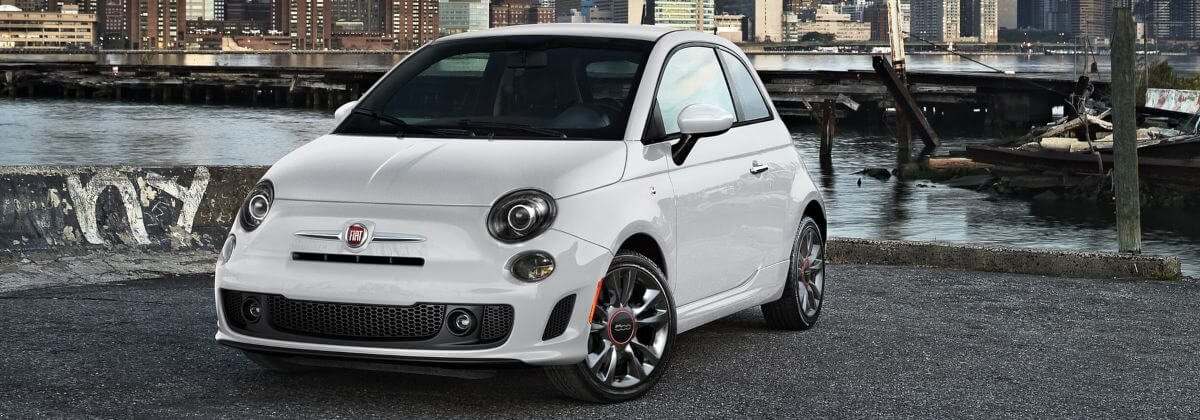
Fiat 500 Range
When a model proves successful, why would you not try to make the most of it? Well, that’s exactly what Fiat has done, branching out to offer different versions of the 500 to increase its appeal.
In 2009, Fiat released a cabriolet version, the Fiat 500C to bring open-top motoring to the market. Fiat has since gone on to introduce a Fiat 500X, 500 L and 500L Wagon.
The Fiat 500X a compact SUV version of the iconic 500 with a bumped up raised height, more rugged styling and heightened practicality for family life.
